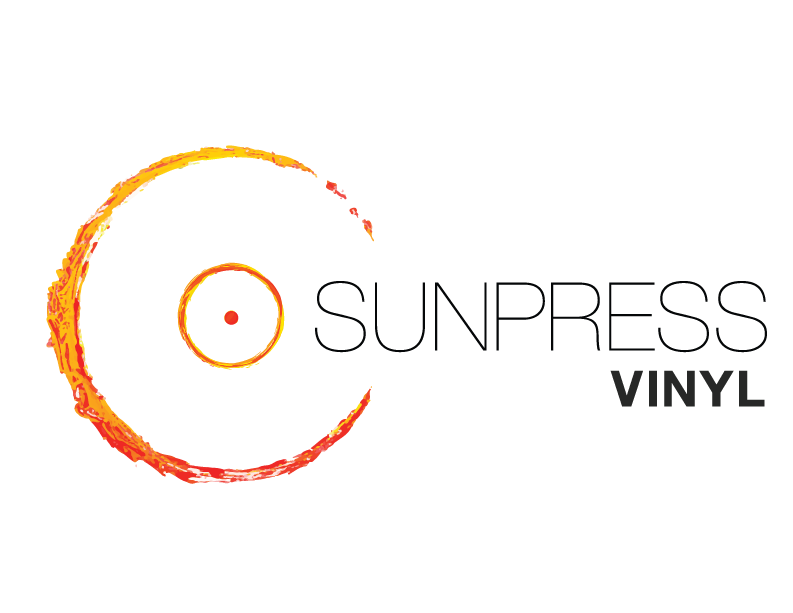RESOURCES
Producing vinyl records is an elaborate process. To prepare your master recordings and better understand the process, we have collected some resources that explain and demonstrate how vinyl records are made.
cutting
The first step in making a vinyl records is to cut a lacquer disc from the original master recording. The process is called Cutting, and is made by playing the music from the master into a cutting lathe which literally cuts the grooves (in fact one continuous groove) on a lacquer disc.
The lacquer disc is then used to create a stamper, or a mold from which the records will be pressed, via a chemical process
called Plating.
Acetate
The first step in cutting is creating an acetate - a single disc cut from the audio supplied by the artist/label. The acetate is cut in order to verify the integrity of the transfer from the master audio source to vinyl disc medium.
It is suggested the acetate be played on a few systems for review, as there will be playback differences between phonograph systems. Since the acetate is softer than a vinyl record, the hi-frequencies will be the first to deteriorate.Thus, the first few plays (6 to 12 or so) should be the determining factor for audio approval. Acetates should not be cleaned in the same way vinyl records do as cleaning may damage them and create surface noise, pops, etc.
MASTER LACQUERS
Upon approval of the acetate, the same audio settings are used to cut the master lacquers.
PLATING
The master lacquers are used to make the metal parts for record pressing/manufacturing. The plates, or stampers, are used as the molds that will press the records.
There are three options for plating - 1-step, 2-step, or 3-step processing. Usually 1 step is used for small runs for which no re-order will be required. 2 and 3 step processing is typically used on runs that may be re-ordered in the future. Note that SunPress Vinyl highly recommends using the 2-step process for plating.
pressing
Vinyl records are never printed, they are pressed. The raw material from which vinyl records are made is Polyvinyl Chloride, or PVC. Small palettes of PVC are melted inside an extruder that forms what is known as a puck, cake, or biscuit – a small round plastic disc. Center labels are attached to the small disc, and the disc is placed between two molds already loaded up with the stampers.
The disc is then pressed under about 150 tons of pressure at 345 degrees Fahrenheit. Still pressing, the molds are filled with water to cool down the pressed record. After pressing, the disc is trimmed to its desired size (12", 10", or 7"), and is ready for packaging.
TEST PRESSING
The test pressings are actual vinyl copies made from the stampers to be sure no mechanical problems are present on the records, such as clicks, surface noise, skips, etc. When the test pressings are approved, the parts used in the test pressing stage will be used for the entire production run of the records.
Important note: any audio changes should be made at the acetate stage to avoid the expense of new acetate, master lacquers, stampers and test pressings.
RECORD MANUFACTURING
Once the test pressing is approved, the record press is set up with the stampers and center labels, and the records are pressed.
PAckaging
Finished records are assembled in packaging – inner sleeves, jackets, shrink wrap - per client specifications. Additional features such as stickers, digital download cards, and inserts can be added upon client request. The records are then boxed for pick up
or delivery.
Customize your labels and jackets using these templates -
12" Labels: Photoshop; InDesign; Illustrator; PDF
12" Jackets: Photoshop; InDesign; Illustrator; PDF


